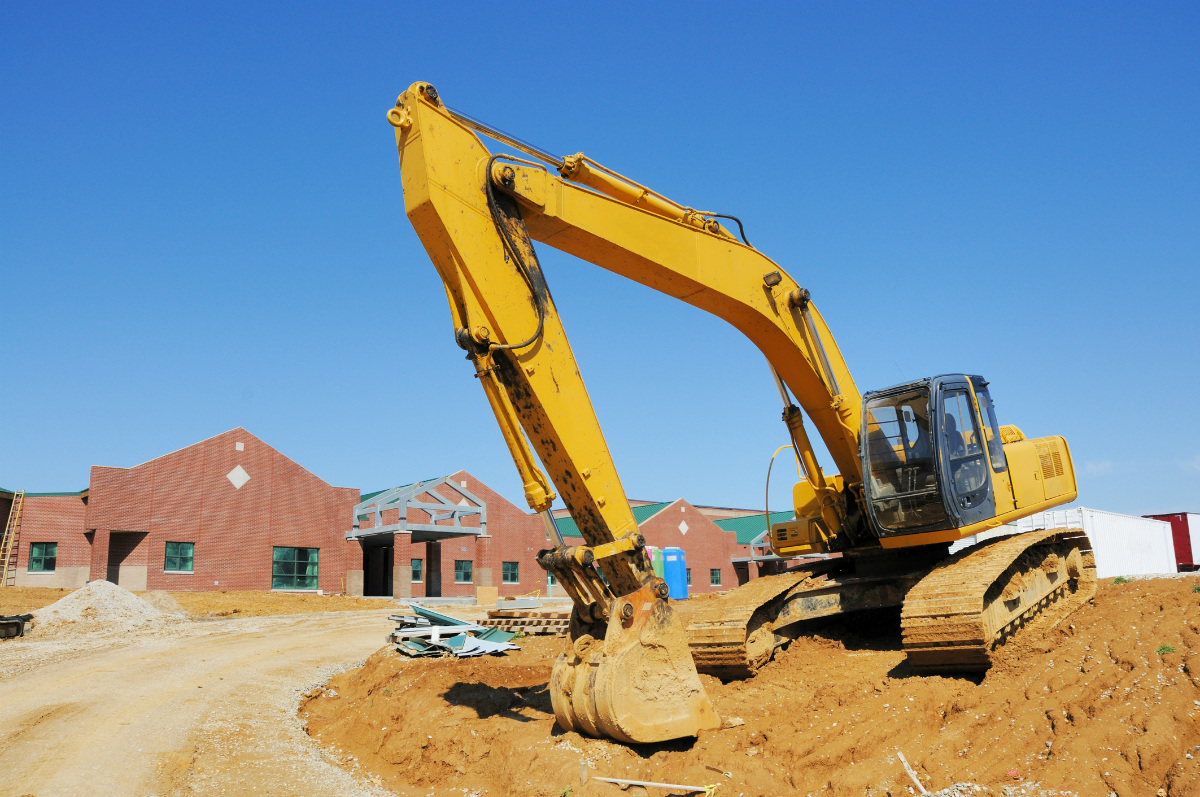Assembly Bill 2295 went into effect Jan. 1, 2024, carving out a clear pathway for districts and county offices of education to build employee housing on their land. This solution, often called education workforce housing (EWH), addresses the dual crises that more and more local educational agencies (LEAs) face: a lack of affordable housing for their staff and high staff turnover.
California LEAs that have built employee housing report huge improvements in staff retention and recruitment of new teachers. In addition to providing employees with a place to live at an affordable price point, workforce housing offers other benefits: employees feel a closer connection with the school community by living close to where they work, teachers have more time to dedicate to after-school activities due to reduced commutes, and housing provides a shared space for employees to find social connections, support and professional development.
A history of EWH
The first district in California to build workforce housing specifically for its employees was Santa Clara Unified School District, which opened its Casa del Maestro complex with 40 housing units in 2002. The project was so successful that they added a second phase in 2009. Los Angeles USD built three housing complexes with a total of 185 units between 2014 and 2017, but interest in this approach really accelerated after passage of the Teacher Housing Act (Senate Bill 1413) of 2016 and AB 1157 in 2017. These laws clarified several of the processes for LEAs wanting to build workforce housing and cleared the terrain for a new wave of construction.
Jefferson Union High School District’s much-celebrated 705 Serramonte building opened in May 2022. Its 122 units house 24 percent of the district’s entire payroll and has led to increased employee retention, community involvement and collaboration. Two more projects are slated to open this spring: Eastmoor Heights in Jefferson Elementary School District and San Francisco USD’s Shirley Chisholm Village. Two other complexes are under construction, with many more under consideration.
The next wave
CSBA entered this space in 2021 when members highlighted the housing affordability crisis for teachers and classified staff, releasing a research report and companion handbook targeted to school board members and offering a first-of-its-kind how-to workshop for a small group of LEAs. By 2023, over 120 LEAs had expressed interest in exploring workforce housing — that’s 13 percent of all LEAs in the state.
Despite this snowballing interest in workforce housing, many LEAs find it difficult to convert their interest into concrete proposals. In conversations with its members, CSBA identified some of the key pain points LEAs encountered when looking into building workforce housing on their lands and helped shape AB 2295 to address these. The law makes building workforce housing projects faster, more economical and more predictable in four important ways:
- LEAs do not need to rezone land dedicated for workforce housing for residential use
- LEAs have by-right authority to build housing up to three stories
- LEA employees receive priority to rent all units built by their agency
- Only “objective” design standards apply to education workforce housing projects. This means that subjective standards such as “needs to reflect the feel of the community” or “aesthetically pleasing” need not be considered
With AB 2295 now in effect, it’s never been easier to build high-quality affordable homes for your employees on land LEAs own. For many LEAs, the only remaining barrier is knowledge. With the continued support of the Chan Zuckerberg Initiative, CSBA and its partners have launched a new EWH initiative to provide critical support to LEAs looking to advance their workforce housing projects. There are three ways for members to get started, regardless of where they are in their projects.
First, CSBA convenes an annual cohort of LEAs to participate in a free, intensive workshop series designed to prepare them to propose a project. To be considered for the next cohort, complete this short form.
Second, all CSBA members can now access a statewide workforce housing resource library on the CSBA workforce housing webpage. The page contains a wide range of resources to help educate board members and move projects forward, such as recordings and presentations from previous workshops, fact sheets on all EWH sites in the state, sample board resolutions and RFPs from LEAs who have successfully built workforce housing, and much more.
Finally, anyone ready to work with an expert in education workforce housing can sign up for a free consultation with Property Planning Solutions, a partnership between CSBA and real estate advisory firm DCG Strategies.
Still have questions? Contact us at EdWorkforceHousing@csba.org.





